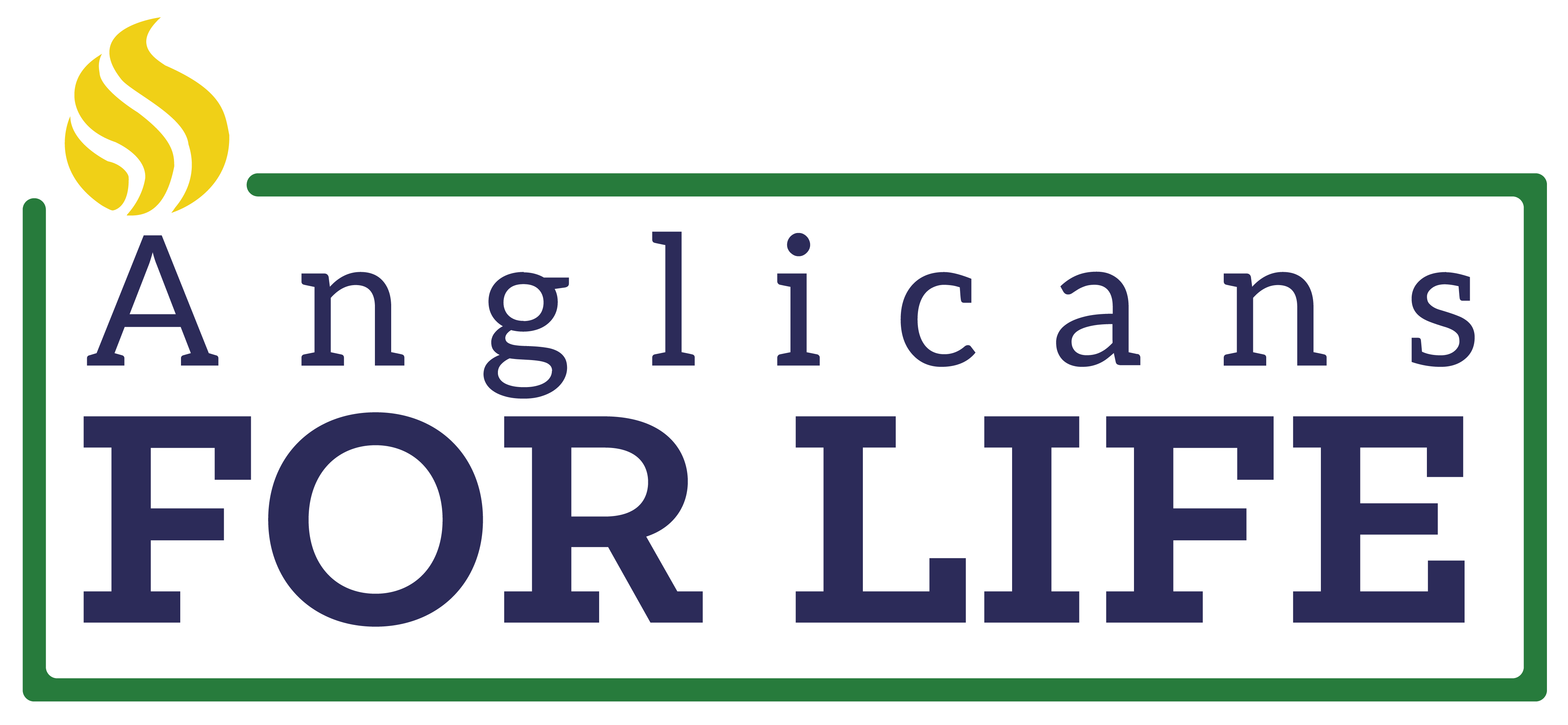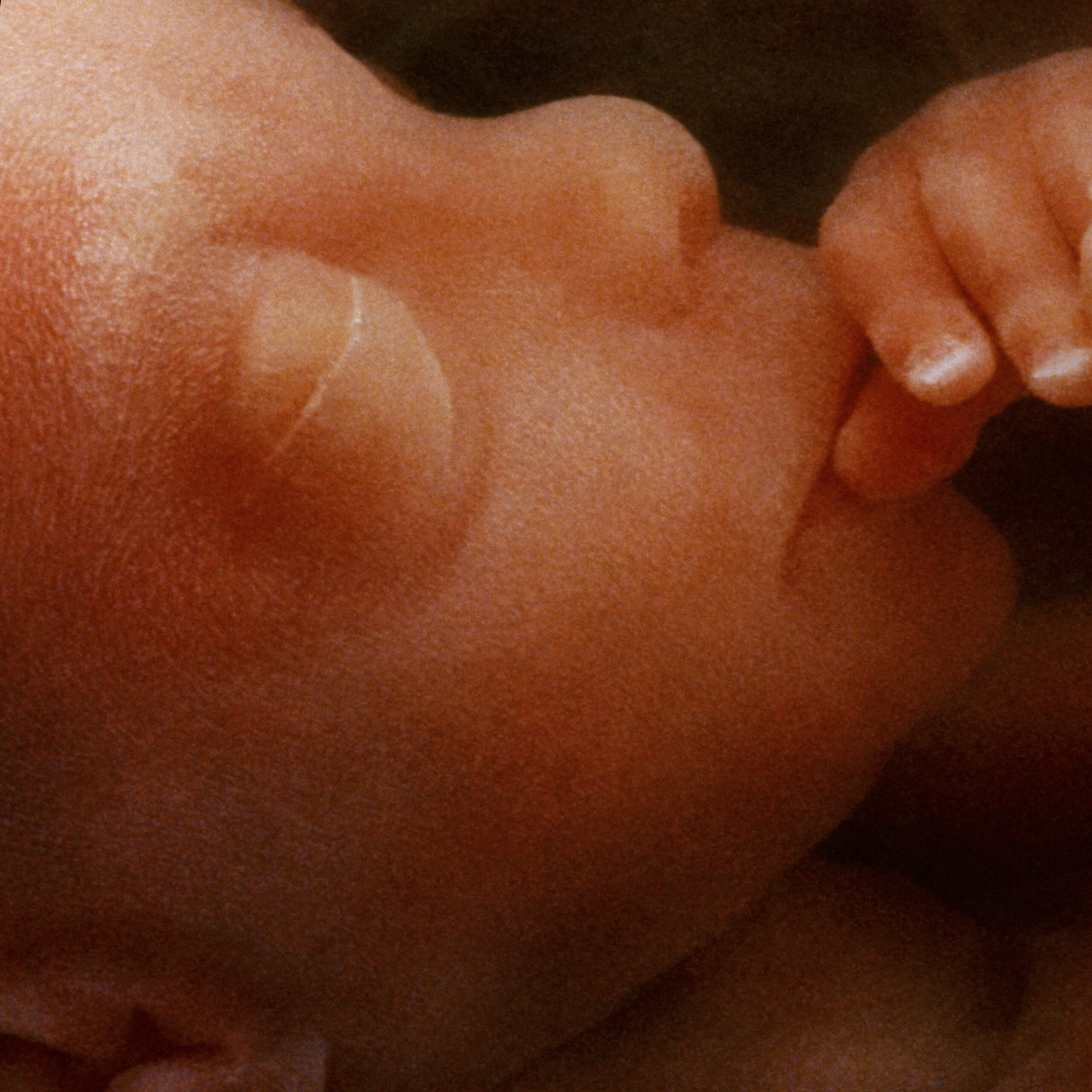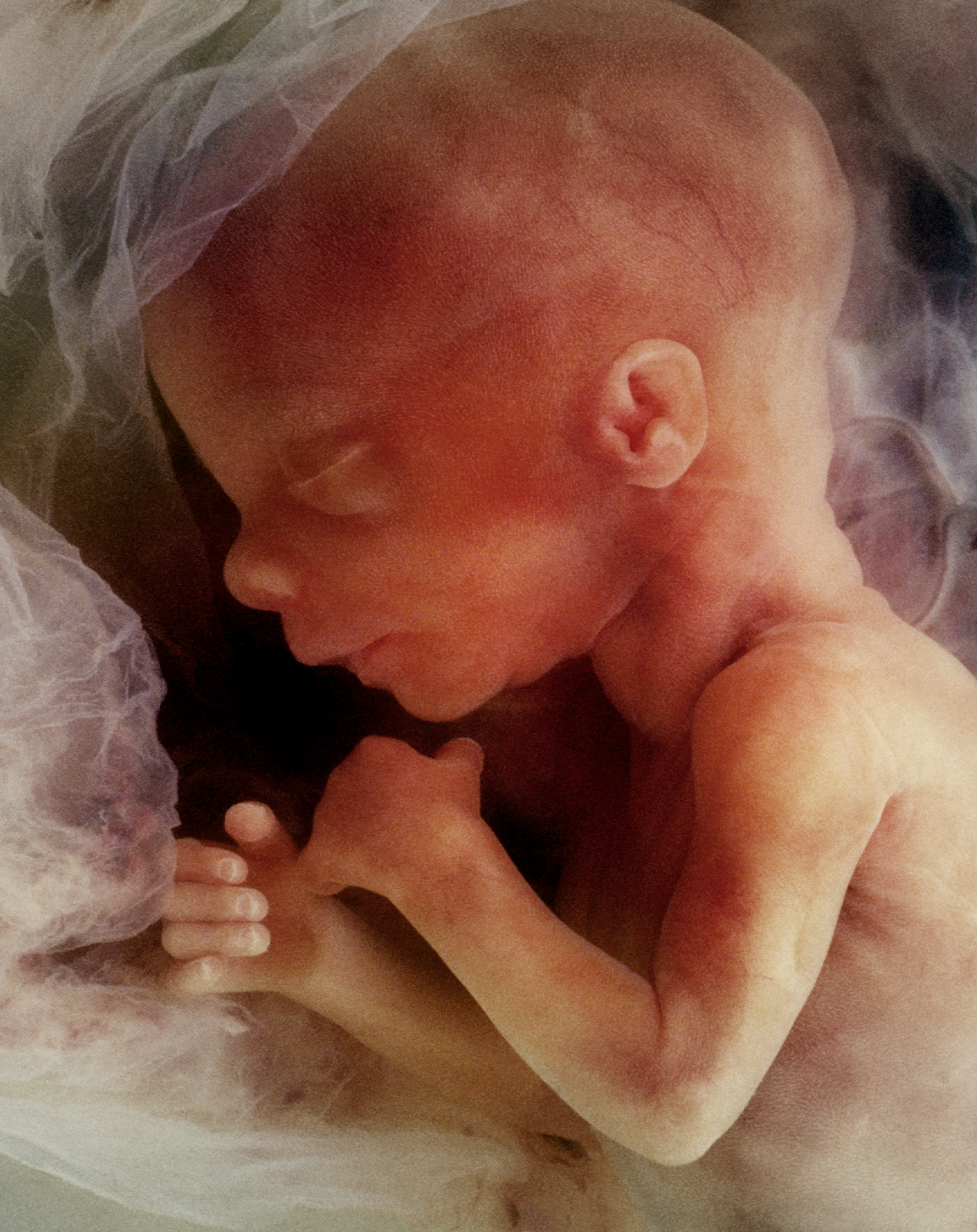Strategy
Confront people with the truth that an actual human being is brutally killed during an abortion, and they are not products of concept (POCs) or blobs of tissue.
Tactics
These are the actionable points that you can use to spread truthful information about the abortion pills.

Share Facts About Physical Development
Share facts about the physical development of the unborn child so people recognize and respect their humanity.

Explain a Baby in the Womb Feels Pain
Talk about the research that shows children in the womb as young as 12-14 weeks exhibit similar responses to pain as we do.

Share That a Baby in the Womb Has Their Own DNA.
Help people understand that every baby in the womb has a unique DNA, different from their parents – and as separate human beings share the right to be protected from murder..
About the Humanity of the Baby
For the average person who questions “when does life begin” – we need to recognize there is a scientific answer as well as a philosophical one. Science and research have come a long way since the Roe decision in 1973, and what we have learned over the last 50 years, requires that we share the scientific evidence that proves the baby in the womb must be seen as a member of the Homo sapien family – even in utero! And therefore, should not be killed even if it is unwanted or unplanned.
Advances in medical technology not only allow researchers to establish that pre-born children feel pain, but also establish that they can benefit from surgical procedures done while they are in the womb to treat certain medical conditions before they are born. Acknowledging the fact that doctors can operate on a baby in utero, is a great way to reinforce the truth that the baby is a separate person with different DNA than the mother.
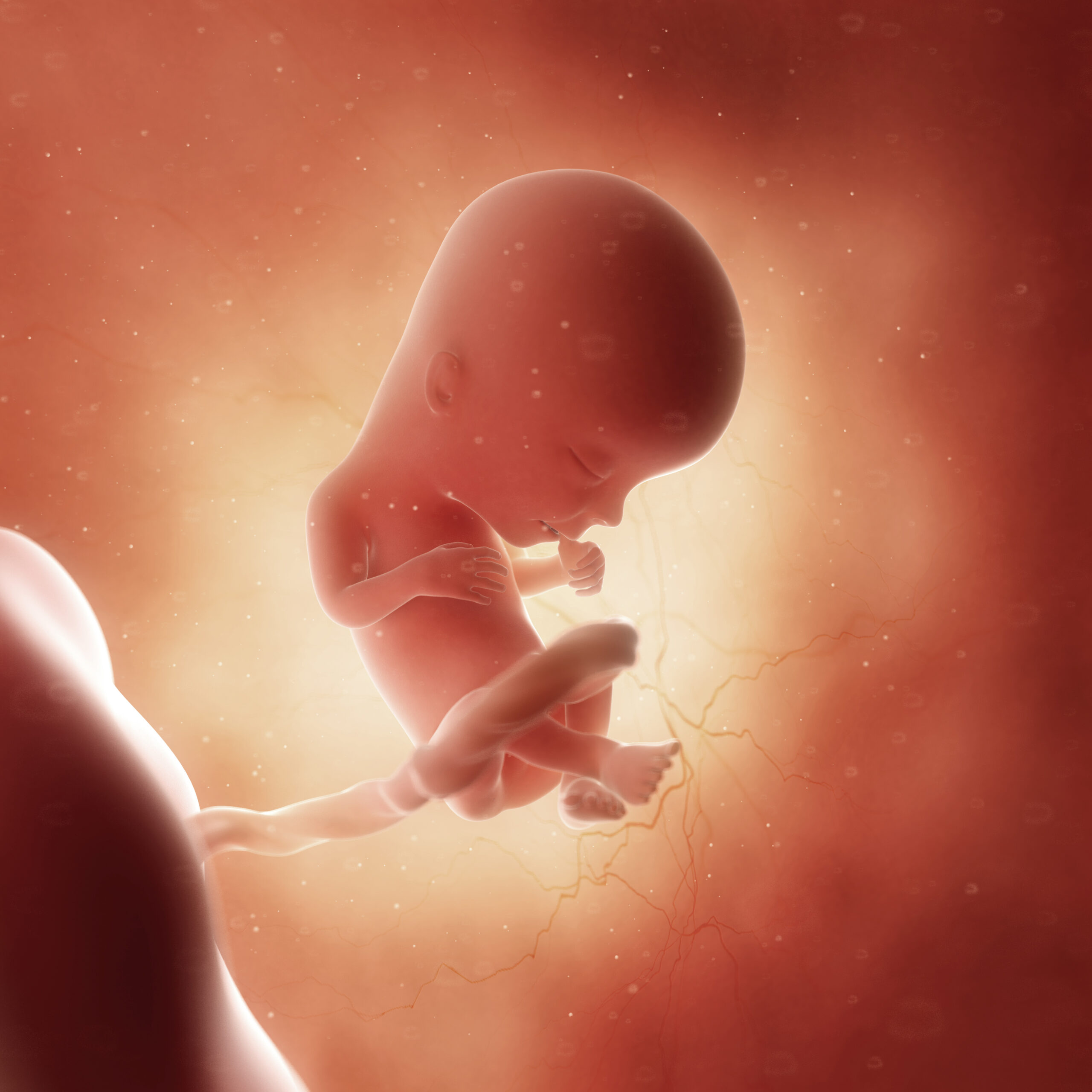
Tactic #1: Share Facts About Physical Development
We must discuss the development of the unborn child so people can see that babies in the womb are just like us – only smaller. The preborn baby is not merely part of his or her parent’s body like a skin cell or a sperm cell; the baby is a whole organism with its own parts. Even at the embryonic stage, this new life has everything it needs to develop into itself. Nothing is added to the unborn from the time of fertilization except adequate nutrition and a proper environment – the same thing that born humans need, too. Biologists believe human life begins at conception not implantation. There are a variety of resources available that provide intricate details about how a baby’s body physically develops in the womb. Furthermore, a sample of 5,502 biologists from 1,058 academic institutions agreed that the biological statement “a human’s life begins at fertilization” is valid.
IVF proves that human life begins at fertilization. If scientists didn’t know when human life begins, they wouldn’t know what process to mimic to create a new life. Every life begins at the moment of fertilization. Once people do recognize the fetus as a child, they have a much harder time comfortably supporting abortion.
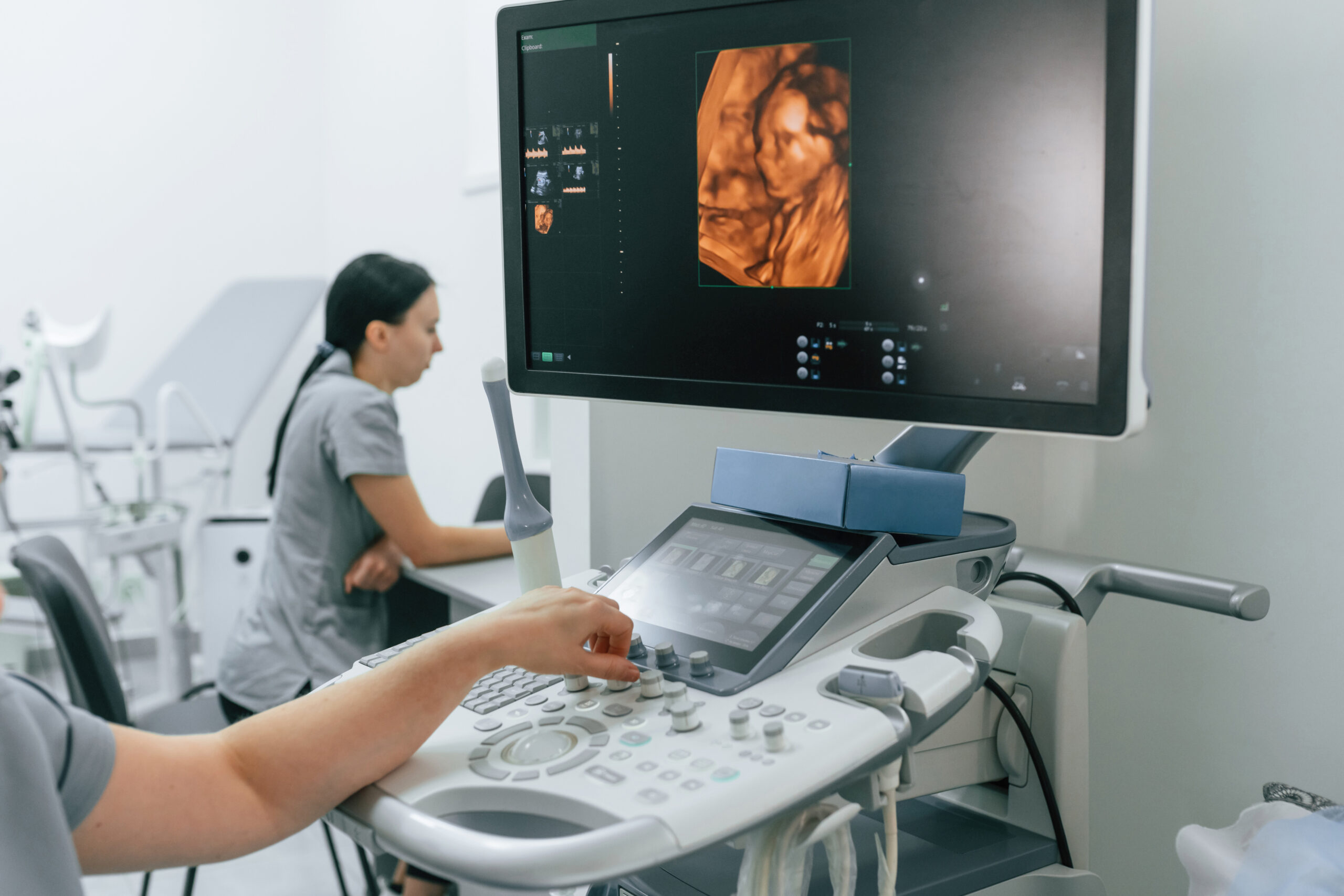
Additional Resources/Links
Testimonies:
- Window to the Womb – provides daily animation of the preborn child’s development.
- 12 Amazing Facts about the Developing Human Being at 12 Weeks of Gestation
- The Voyage of Life
- AFL’s “I’m Just Like You” Flashcards
- Handbook of Nascent Human Beings: A Visual Aid for Understanding the Science and Experimentation
- Biologist Confirms Embryos are Human Beings and Not Blobs of Cells – News article
- Biologists’ Consensus on ‘When Life Begins’ (2018)

Additional Resources/Links
Pro tip:
If you are talking with someone who says that the unborn is not human, ask a clarifying question such as, “Are you talking about biological humanness or something more philosophical like whether the unborn baby has a moral value?” (Biological and philosophical arguments are different).
Tactic #2: Explain a Baby in the Womb Feels Pain.
Research proves children in the womb as young as 12-14 weeks exhibit similar responses to pain as you and I do. The question of babies in the womb feeling pain was initially addressed legally, when the Pain-Capable Unborn Child Protection Act was first introduced to Congress in 2013, based on research that showed children born prematurely could feel pain.
In 2019, an academic paper was published in the Journal of Medical Ethics titled “Reconsidering Fetal Pain,” by two well-credentialed medical professionals, Stuart Derbyshire and John C. Bockmann. According to Dr. David Prentice, “The article is an honest, objective review of the scientific literature as it relates to the question of whether and when a child still in the womb can experience pain. Looking at the scientific evidence, again, with unbiased eyes, the authors’ answer was “yes,” perhaps as early as 12 weeks, and certainly after 18 weeks. Derbyshire and Bockmann also reviewed the evidence for experiencing pain as it relates to any need for the cortex, or any psychological processes to “interpret” the pain signal. Their objective, balanced reading of the evidence pointed to pain experience without the need for the cortex (similar to the undisputed pain experienced by animals), mediated by other neural structures.”
The authors went a step further in their work, writing a blog that explains their different positions on abortion and their thoughts about the impact this information should have in considering the rights of the unborn child.
“How does a simple journey of seven inches down the birth canal suddenly transform the essential nature of the fetus from non-person to person?”
-Scott Klusendorf
Tactic #3: Share That a Baby in the Womb has Their Own DNA.
The baby is not your body, he or she is inside your body.
People who argue, “My Body, My Choice” want others to believe the baby in the womb is a blob of tissue attached to the mother. However, you need to understand the truth: That every baby in the womb has unique DNA that is different from their mother and father –highlighting the personhood of every child as a separate human being that should have human rights extended to him or her.
Fetal DNA has X or Y chromosomes, verifying it is a member of the human race. Just like our fingerprints, each person in the world has distinct DNA – even twins! Our unique DNA is evidence that babies in the womb are separate human beings from their mother and should be afforded human rights.
LiveAction notes, Since “human rights” are grounded in being human—not in a person’s age, level of development, or location — human embryos and fetuses have the same inalienable and universal right to life as human infants, toddlers, teenagers, and adults.
But what about personhood, some might ask, if the embryo isn’t conscious, rational, or self-aware, doesn’t that mean it’s not a person?”
Students for Life suggests, “Personhood” refers to the legal recognition of human beings at all stages of life –beginning at biological conception – as human persons having full natural and civil rights. Personhood is controversial to those who advocate abortion, for they view preborn humans as mere “clumps of cells” with no legal rights. If life is sacred, we need to ensure our most vulnerable members of society have full, legal recognition and protection of their personhood. It should not matter if these human “clumps of cells” are an embryo, toddler, adolescent, adult, or elderly person.
Additional Resources/Links
Quotes that address this topic…
- “If it’s not a human being, then why are researchers harvesting organs from them?” -Dr. Ben Carson
- “Babies are human beings with a right to life, before and after birth!” -Paul Stark
- “There are only four ways a preborn child is different from you: Size: She is smaller. Level of development: She is still growing. Environment: She is in the womb. Degree of dependency: She depends on her mother. Not one of these is a good reason for abortion.” – Live Action
- “95% of biologists agree that the life of a human begins at fertilization. And if human life begins at fertilization…then so do human rights.” -Kristan Hawkins
Key talking points to address this topic…
- According to the Equal Rights Institute:
- We know the unborn is living because it has the characteristics of living things, such as growing through cellular reproduction, metabolizing food for energy, and reacting to stimuli.
- The unborn has two human parents, so the unborn must be human. 2 ducks have a baby duck, 2 bears have a baby bear – what do 2 humans have?
- If the baby is wanted, everyone accepts the truth that the woman is having a human baby, but if the baby is unwanted or unexpected, the baby is now only considered products of conception (POC) or blobs of tissue.
- Bobby Maddex writes in Salvo, “Fetus” served two key roles in the campaign to dehumanize the unborn child, opening the gate to abortion without limitation. First, it “strip[ped] the unborn child of his humanity so that killing him could be excused.” Second, it allayed the guilt the mother would feel because she could tell herself “the life inside her was not yet human.”
